|
|
|
Lost Ancient High Technology At Elephantine Island In Egypt
On an island in the Nile of southern Egypt
there is a stone box made out of solid granite. The dynastic Egyptians
with their bronze tools could not have shaped it and thus it appears to
be a remnant of a much older high tech culture. Join us in April 2016
and see for yourself! www.khemitology.com
Youtube Link |
|
|
Elephantine Island, Egypt
Elephantine is an island in the Nile River
in northern Nubia. It is a part of the modern city of Aswan, in southern
Egypt. There are archaeological sites on the island.
Ancient Egypt Known to the Ancient Egyptians as Abu or Yebu, the island of Elephantine stood at the border between Egypt and Nubia. It was an excellent defensive site for a city and its location made it a natural cargo transfer point for river trade. This border is near the Tropic of Cancer, the most northerly latitude at which the sun can appear directly overhead at noon and from which it appears to reverse direction or "turn back" at the solstices. Elephantine was a fort that stood just before the first cataract of the Nile. During the Second Intermediate Period (1650 - 1550 BC), the fort marked the southern border of Egypt. According to Egyptian mythology, here was the dwelling place of Khnum, the ram-headed god of the cataracts, who guarded and controlled the waters of the Nile from caves beneath the island. He was worshiped here as part of a late triad among the Egyptian pantheon of deities. The Elephantine Triad included Satis and Anuket. Satis was worshiped from very early times as a war goddess and protector of this strategic region of Egypt. When seen as a fertility goddess, she personified the bountiful annual flooding of the Nile, which was identified as her daughter, Anuket. The cult of Satis originated in the ancient city of Swenet. Later, when the triad was formed, Khnum became identified as her consort and, thereby, was thought of as the father of Anuket His role in myths changed later and another deity was assigned his duties with the river. At that time his role as a potter enabled him to be assigned a duty in the creation of human bodies. 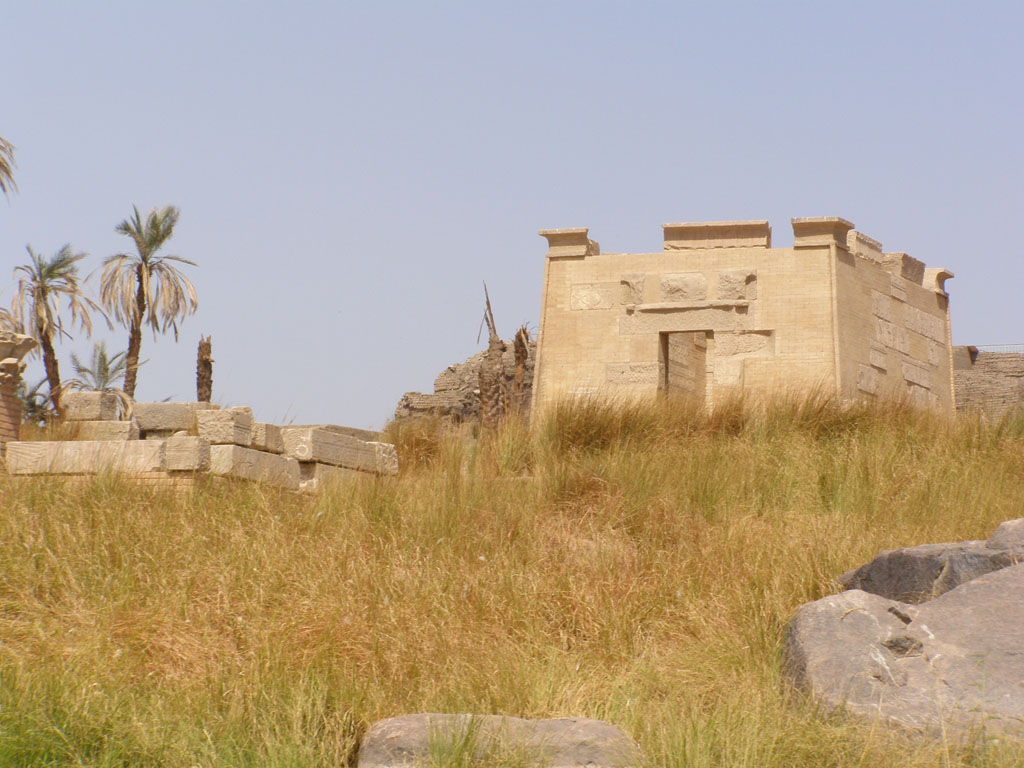 Temple of Khnum by Claude Valette
Archaeological sitesRuins of the
temple of Khnum, southern point of the island of Elephantine. Only the
imprint on the ground remains quite visible. Some elements of the temple
were re-installed.
Ongoing excavations by the German
Archaeological Institute at the town have uncovered many findings, on
display in the Aswan Museum located on the island, including a mummified
ram of Khnum. Artifacts dating back to predynastic times have been
found on Elephantine. A rare calendar, known as the Elephantine Calendar
of Things, which dates to the reign of Thutmose III during the 18th
dynasty, was found in fragments on the island.
In ancient times, the island was also an
important stone quarry providing granite materials that would be
transported widely within Egypt for monuments and buildings.
Temples Prior to 1822, there were temples to
Thutmose III and Amenhotep III on the island. At that time they were
destroyed by the Ottoman government. Both temples were relatively intact
prior to the deliberate demolition.
There are records of an Egyptian temple to Khnum on the island as early as the third Dynasty of Egypt. This temple was completely rebuilt in the Late Period, during the thirtieth dynasty of Egypt, just before the foreign rule that followed in the Graeco-Roman Period. The Greeks formed the Ptolemaic dynasty during their three-hundred-year rule over Egypt (305 to 30 BC) and maintained the ancient religious customs and traditions, while often associating the Egyptian deities with their own. Most of the present day southern tip of the island is taken up by the ruins of the Temple of Khnum. These oldest ruins still standing on the island are a granite step pyramid from the third dynasty, and a small temple built for the local sixth-dynasty nomarch, Heqaib. In the Middle Kingdom many officials, such as the local governors Sarenput I or Heqaib III dedicated statues and shrines into the temple. There were forty-two such nomarch provinces created as regional governments that dated from the Old Kingdom through the Roman Period. 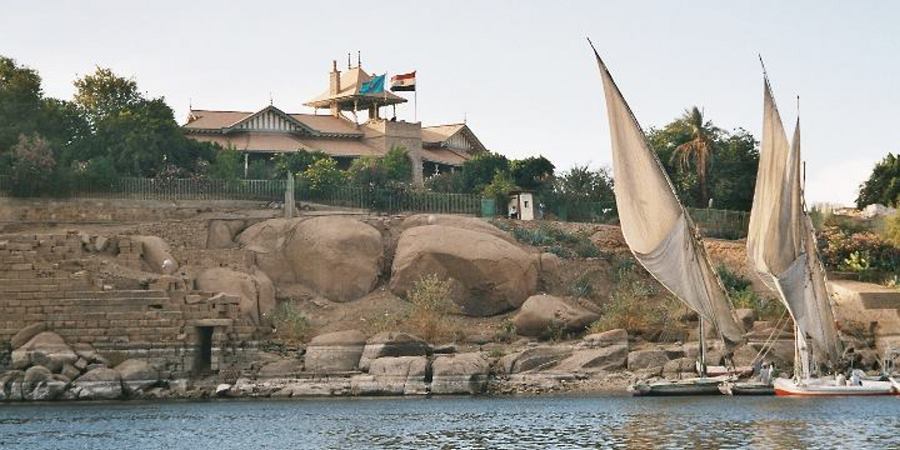 The Aswan Museum, and a nilometer (lower left). Nilometers A Nilometer was a structure for measuring
the Nile River's clarity and the water level during the annual flood
season. There are two Nilometers at Elephantine Island. The more famous
is a corridor Nilometer associated with the Temple of Satis, with a
stone staircase that descends the corridor. It is one of the oldest
Nilometers in Egypt, last reconstructed in Roman times and still in use
as late as the nineteenth century CE. Ninety steps that lead down to the
river are marked with Hindu-Arabic, Roman, and hieroglyphic numerals.
Visible at the water's edge are inscriptions carved deeply into the rock
during the Seventeenth Dynasty.
The other Nilometer is a rectangular basin
located at the island's southern tip, near the Temple of Khnum and
opposite the Old Cataract Hotel. It is probably the older of the two.
One of the Nilometers, though it is not certain which, is mentioned by
the Greek historian Strabo.
Many sources claim that the fabled "Well of Eratosthenes", famous in connection with Eratosthenes' calculation of the Earth's circumference, was located on the island. Strabo mentions a well that was used to observe that Syene lies on the Tropic of Cancer, but the reference is to a well at Syene (Aswan), not at Elephantine. Neither Nilometer at Elephantine is suitable for the purpose, while the well at Syene is apparently lost. 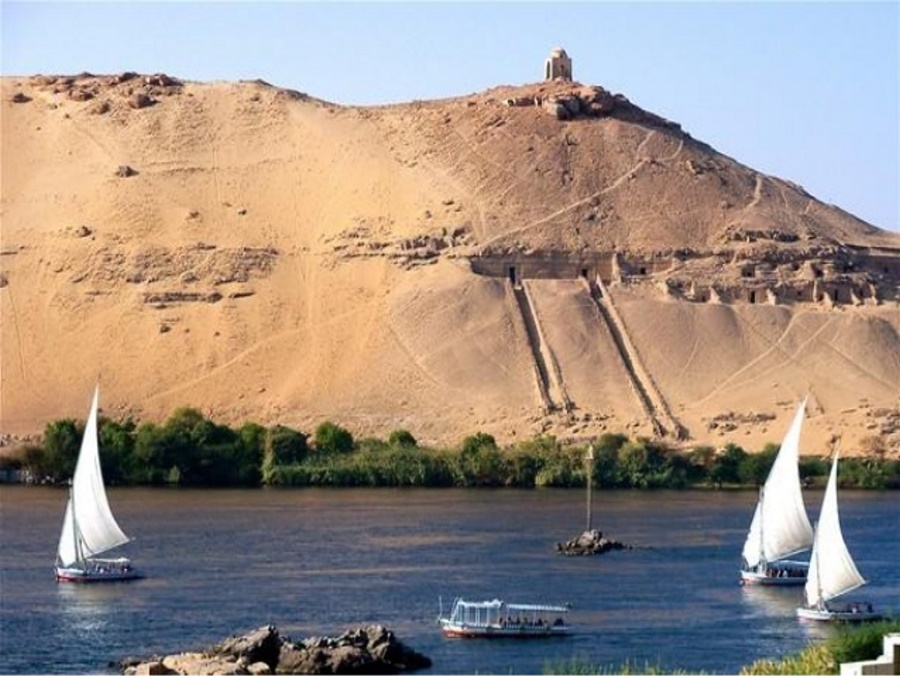 Sailing around Elephantine Island - Photo and caption by Debra WIlhoit.
See the graceful felucca boats on the Nile River, encircling
Elephantine Island in Aswan. Notice the burial temple of the Aga Khan on
top of the mountain, and the tombs being excavated below the temple.
This photo was made from the balcony of my hotel with my Kodak EasyShare
Z915.
Jewish presenceLocation: Nile River around Elephantine Island in Aswan, Egypt The Elephantine papyri are caches of legal
documents and letters written in Aramaic, which document a Jewish
community, perhaps made up of mercenaries, dating to sometime in the 6th
century BC. They maintained their own temple (also see House of
Yahweh), in which sacrifices were offered, evincing polytheistic
beliefs, which functioned alongside that of Khnum.
The temple may have been built in reaction to Manasseh's re-institution of pagan worship or simply to serve the needs of the Jewish community. Other features The island has the Aswan Museum at the
southern end of the island. Ongoing excavations by the German
Archaeological Institute at the island's ancient town site have
uncovered many findings that are now on display in the museum, including
a mummified ram of Khnum. A sizable population of Nubian people live in
three villages in the island's middle section. A large luxury hotel is
at the island's northern end.
The Aswan Botanical Garden is adjacent to the west on Kitchener's Island. SOURCE: Wikipedia Related Links:
|
|
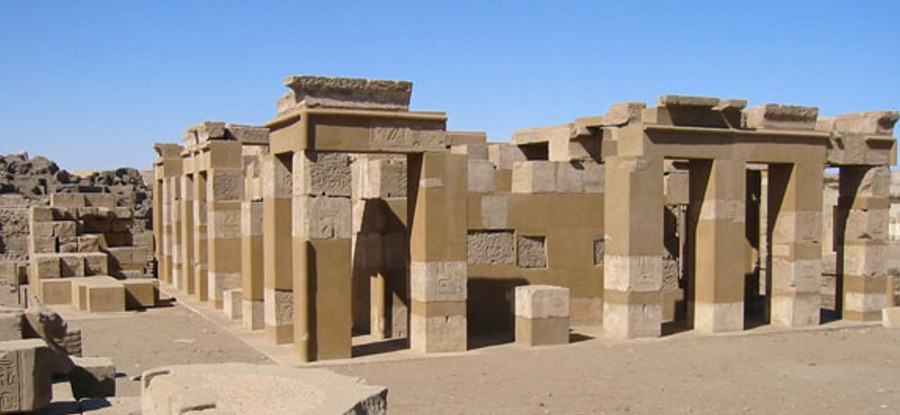 With artifacts which date back to the predynastic periods, Elephantine Island is one of the most ancient sites in Egypt. Source |
|
 Elephantine Island granite shrine Evidence of advanced machining in Ancient Egypt Source 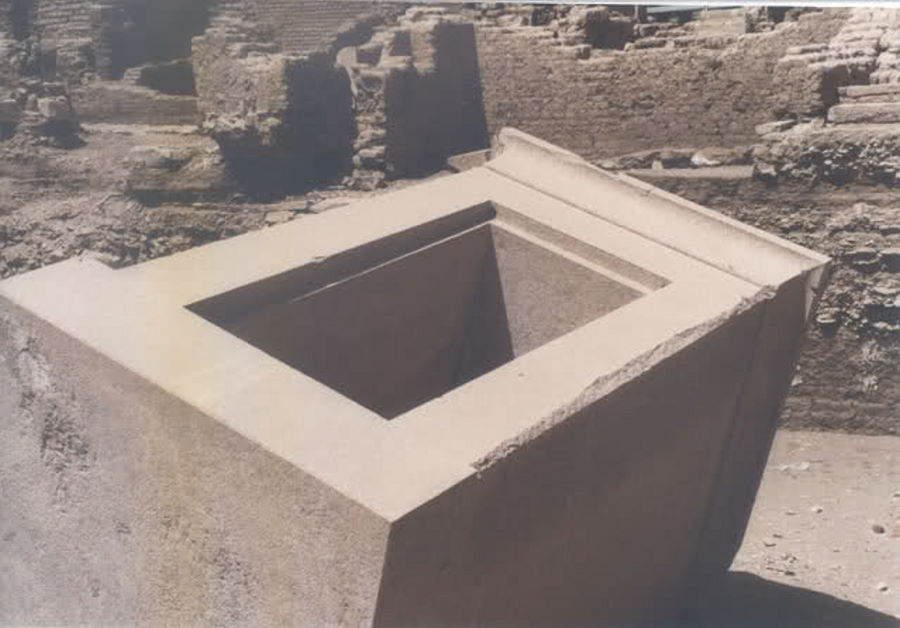 Aswan. Elephantine Island. Granite shrine. Source 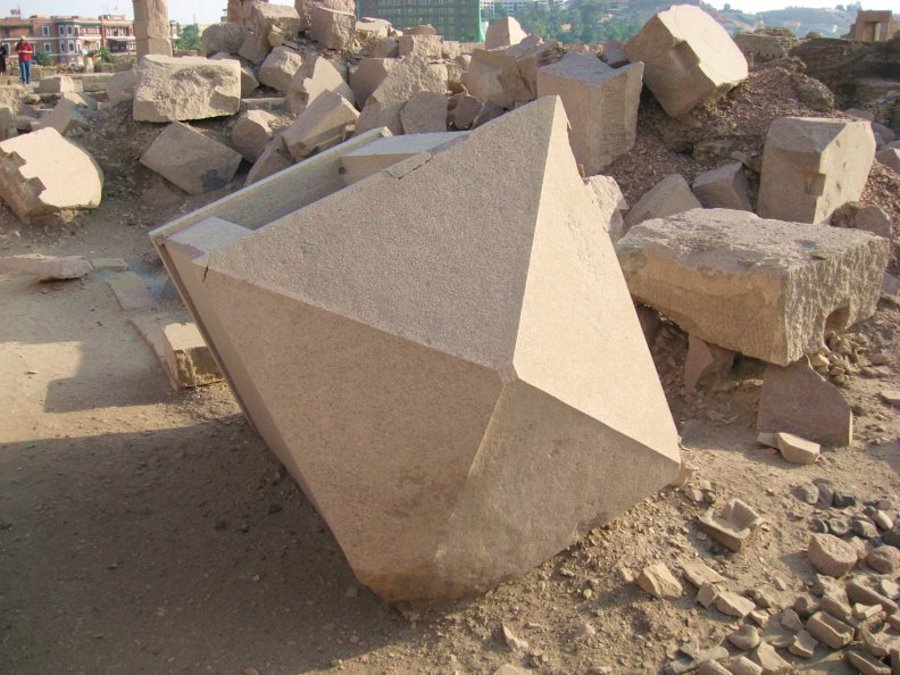 Elephantine Island Close-up of granite shrine Source 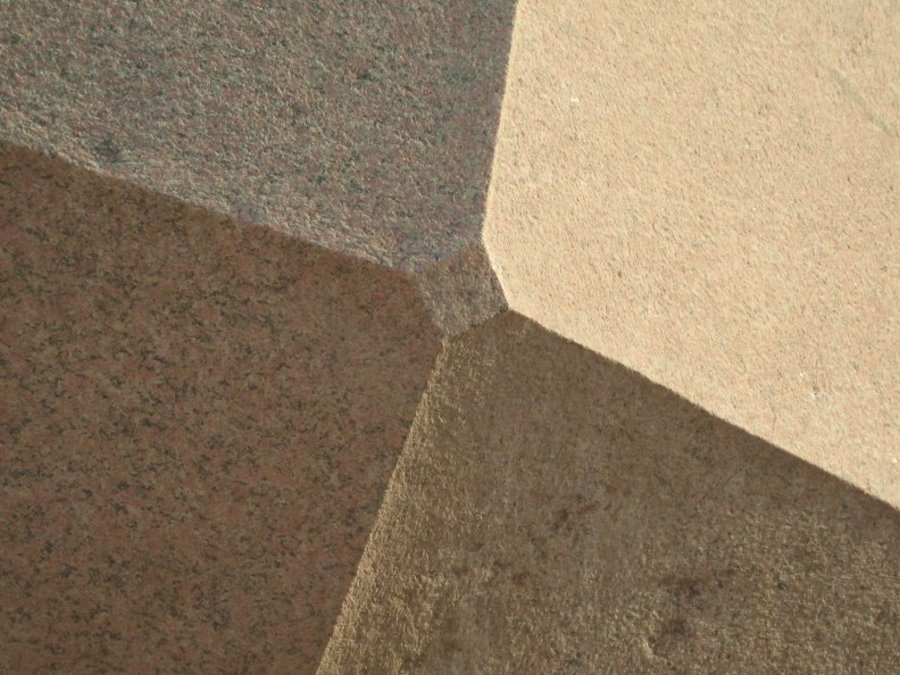 Elephantine Island Close-up of top of granite shrine Source |
|
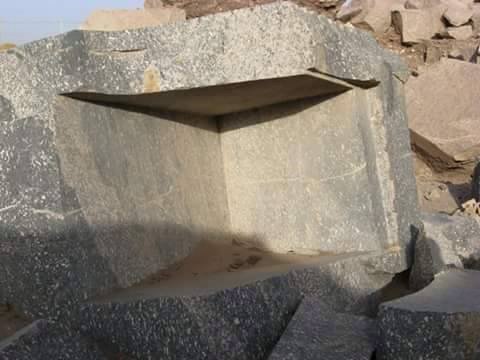 Elephantine Island Close-up Source 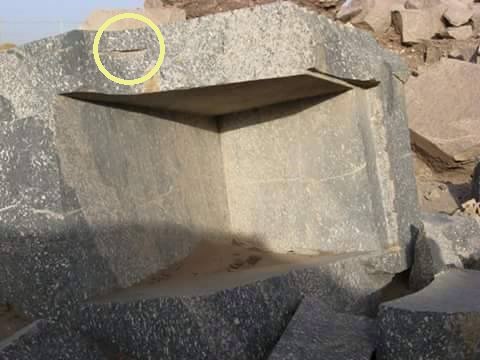 Elephantine Island Close-up Source |
|
| FAIR USE NOTICE: This page contains copyrighted material the use of which has not been specifically authorized by the copyright owner. Pegasus Research Consortium distributes this material without profit to those who have expressed a prior interest in receiving the included information for research and educational purposes. We believe this constitutes a fair use of any such copyrighted material as provided for in 17 U.S.C § 107. If you wish to use copyrighted material from this site for purposes of your own that go beyond fair use, you must obtain permission from the copyright owner. | |
|
|
